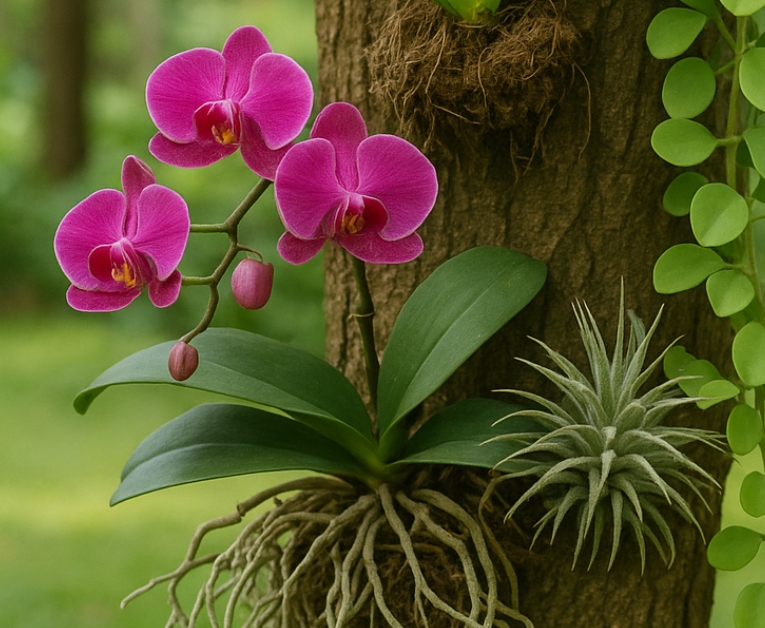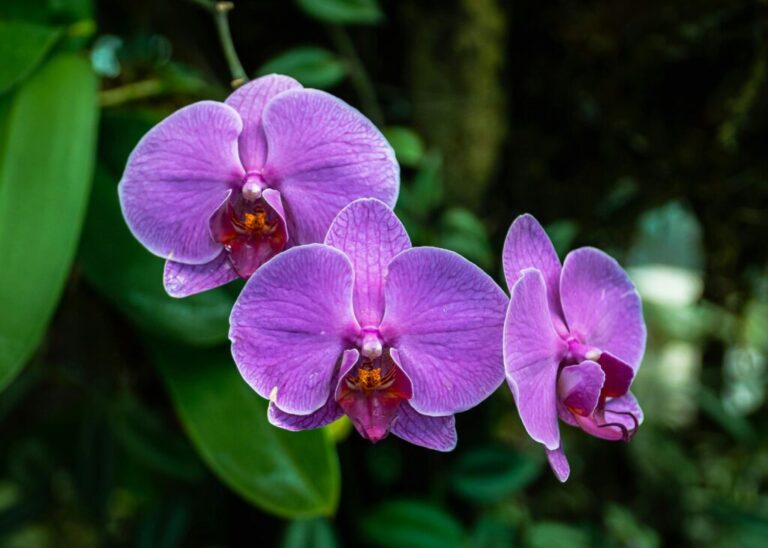Prayer Plant Care Guide: Best 6 Growing Tips
If you’re looking for an easy-care houseplant that adds a burst of color to your indoor space, the Prayer Plant is for you! With its attractive foliage of deep green and purple hues, the Prayer Plant is a stunning addition to any room. But like any plant, it needs the right care to stay healthy and look its best.
In this blog post, we’ll give you a comprehensive guide on how to care for your Prayer Plant, from choosing the right potting soil to providing the proper lighting and water. Read on to learn all the tips and tricks you need to ensure your Prayer Plant thrives!
The Basics of Prayer Plant Care
Prayer plants are a popular houseplant due to their beautiful foliage and relatively easy care. The leaves of the prayer plant fold up at night, resembling hands in prayer, giving it its name. Prayer plants thrive in moist and humid environments, so if you have dry air in your home, misting your plant is a great way to provide additional humidity.
When caring for your prayer plant, it is important to make sure it gets enough light. Prayer plants prefer bright indirect sunlight, so place them near a south or west-facing window that gets a few hours of direct sunlight each day. If the leaves start to turn yellow, it’s likely getting too much sun.
Water your prayer plant when the top 2 inches of soil are dry, or about once a week during the summer and every two weeks during the winter. It’s important to never let the soil get soggy, as this can cause root rot and other problems. Use lukewarm water and don’t forget to empty the drainage tray after each watering.
Prayer plants can be easily propagated by division or stem cuttings.
Stem cuttings should be taken in the spring when the plant is actively growing and can be rooted in water or potting soil. Make sure to use clean pruning shears when taking stem cuttings and always use fresh potting soil.
Finally, it’s important to note that prayer plants are toxic if ingested, so keep them out of reach of pets and small children. With proper care and regular maintenance, your prayer plant will continue to grow and flourish for many years to come!
Watering Your Prayer Plant
When it comes to watering your prayer plant, make sure you’re using room temperature water, as cold water can shock the roots of the plant and cause damage. As with all houseplants, always check the soil before watering to make sure it’s dry to the touch.
Prayer plants like their soil kept evenly moist at all times, but be careful not to overwater – too much water can lead to root rot. Aim to water your plant every 7-10 days, depending on your climate and the size of your pot.
If you’re concerned about overwatering, you can try using a soil moisture meter to help you determine when it’s time to water your plant. Alternatively, you can look for signs that your plant needs water, such as drooping leaves or dry soil.
With proper watering, your prayer plant should stay healthy and happy for years to come.

Fertilizing Your Prayer Plant
Fertilizing is an important part of prayer plant care. In order to ensure that your prayer plant thrives, it’s important to fertilize your prayer plant on a regular basis. The best type of fertilizer to use is a balanced liquid fertilizer that is specifically designed for houseplants.
Fertilizing should be done in the spring and summer when the plant is actively growing. Make sure to follow the instructions on the fertilizer package carefully to ensure that you don’t over-fertilize.
If you are using a slow-release fertilizer, it can be applied at the beginning of the growing season and will gradually release the nutrients over time. Alternatively, you can also use a water-soluble fertilizer during the growing season by mixing it into your watering can. This should be done every few weeks or as directed by the product label.
When fertilizing your prayer plant, make sure to avoid fertilizing in the late fall and winter as this will encourage new growth when your plant should be entering its dormant period. If you want to give your plant a boost in the late fall, you can use a diluted fertilizer solution to help support the plant during its dormancy.
By following these tips on how to fertilize your prayer plant, you will be able to ensure that your plant gets all the nutrients it needs to grow healthy and strong!
Potting and Repotting Your Prayer Plant
When it comes to potting and repotting your prayer plant, the best time to do so is in the springtime, when the growing season begins. If you’ve had your prayer plant for a while, you may find that it has outgrown its current pot and needs to be repotted.
First, you’ll need to choose a new pot. Choose one that is slightly bigger than the current pot, as this will give the plant plenty of room to spread its roots. Make sure to use a pot with drainage holes at the bottom, as this will help prevent root rot.
Next, you’ll need to fill the new pot with fresh potting soil. If you’re using a store-bought soil, make sure it is designed for plants in the Marantaceae family. If not, you can always make your own by mixing equal parts of peat moss, compost, and perlite or vermiculite.
Now it’s time to remove the prayer plant from its current pot. Gently slide it out and check the roots for any signs of damage or rot. If there are any dead or damaged roots, trim them away with scissors or a sharp knife. Once you’ve removed any dead roots, you can place the plant in t he new pot. Make sure to fill in any gaps around the roots with soil before firmly pressing it down.
Finally, give the prayer plant a thorough watering and place it in a spot where it can get plenty of indirect sunlight. After a few weeks, you should start to see new growth, indicating that the plant is happy in its new home!
Pruning Your Prayer Plant
Regular pruning is an important part of keeping your prayer plant healthy and attractive. Pruning helps maintain the shape of the plant, encourages bushier growth, and can help combat potential issues such as pests or disease. To properly prune your prayer plant:
Use sharp shears or scissors to cut back any dead or damaged foliage. Remove any yellowing or browning leaves.
Trim off any long stems that are drooping too far down. This will help keep your prayer plant compact and give it a more attractive appearance.
If you notice any leggy stems, you can also trim them off at the base. This will help encourage bushier growth.
Avoid pruning too much at once, as this can cause shock to the plant and slow down its growth.
As with any other pruning activity, make sure to use clean tools to avoid spreading any diseases to your prayer plant.
Following these steps will help ensure that your prayer plant stays healthy and beautiful for years to come!
Common Problems with Prayer Plants
One of the most common problems with prayer plants is overwatering. When your prayer plant is overwatered, the leaves can become limp, yellow and die. To avoid this problem, it is best to water your plant only when the top of the soil is dry.
Another common problem is under-watering. When prayer plants are not given enough water, their leaves may wilt, turn brown and drop off.
Prayer plants are also prone to fungal diseases and insect infestations. Fungal diseases can cause the leaves to become discolored and die off, while insect infestations can cause yellow spots on the leaves or a web-like substance on the undersides of the leaves. Treating your prayer plant with an insecticide or fungicide can help prevent further damage.
Finally, prayer plants are susceptible to environmental stress. Too much direct sunlight can cause the leaves to burn and turn brown, while too little light can cause the leaves to turn yellow and drop off. It is best to place your prayer plant in a spot that receives indirect sunlight for several hours a day.
FAQ
Where do prayer plants grow best?
To help your prayer plant thrive, provide it with indirect sunlight, keep the soil consistently moist but not soggy, and maintain a humid environment.
Where do prayer plants grow best?
Prayer plants flourish in bright, indirect light and prefer temperatures between 65-75°F (18-24°C). They’re often grown indoors, making them perfect for homes and offices.
What is the best fertilizer for prayer plants?
Use a balanced, water-soluble fertilizer with a 20-20-20 or 10-10-10 NPK ratio. Apply it every 4-6 weeks during the growing season (spring and summer) to support healthy growth.
How fast do prayer plants grow?
The growth rate of prayer plants can vary, but on average, they grow relatively slowly. You may notice new leaves and shoots forming over several weeks to months, depending on their environment and care.”







